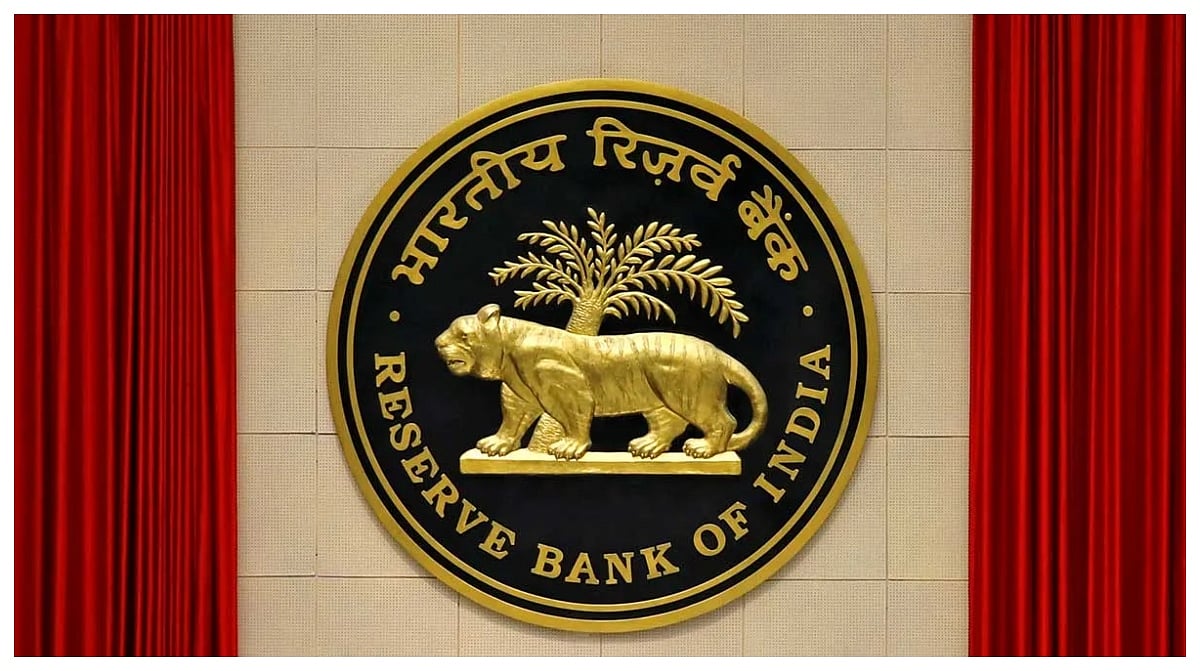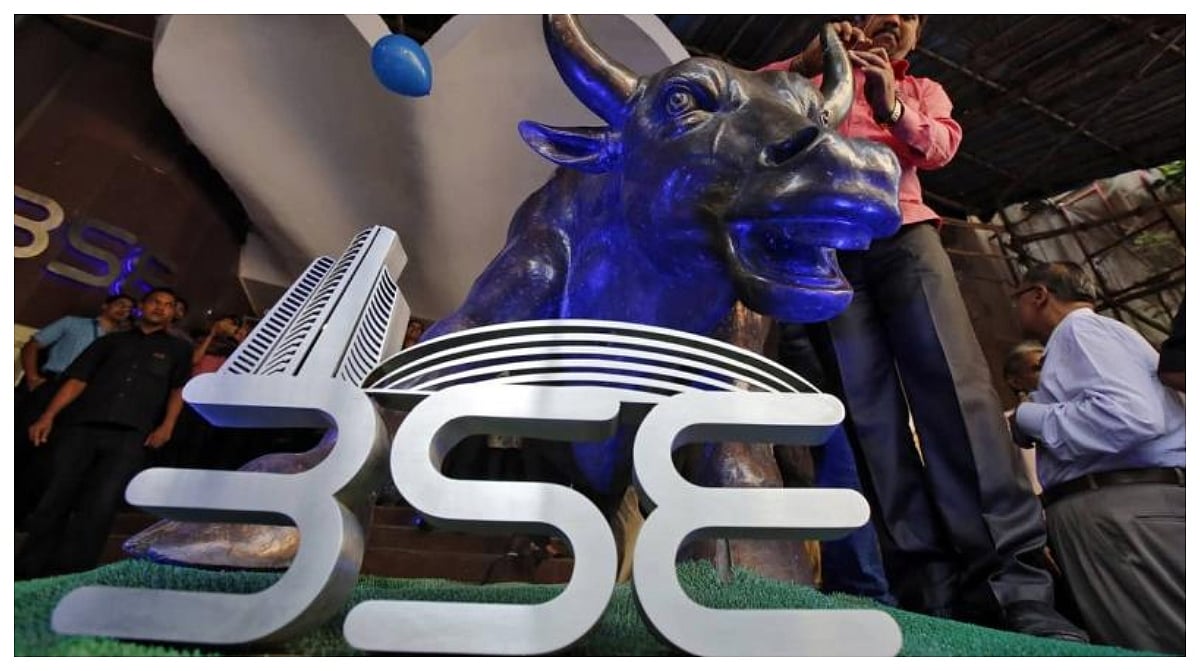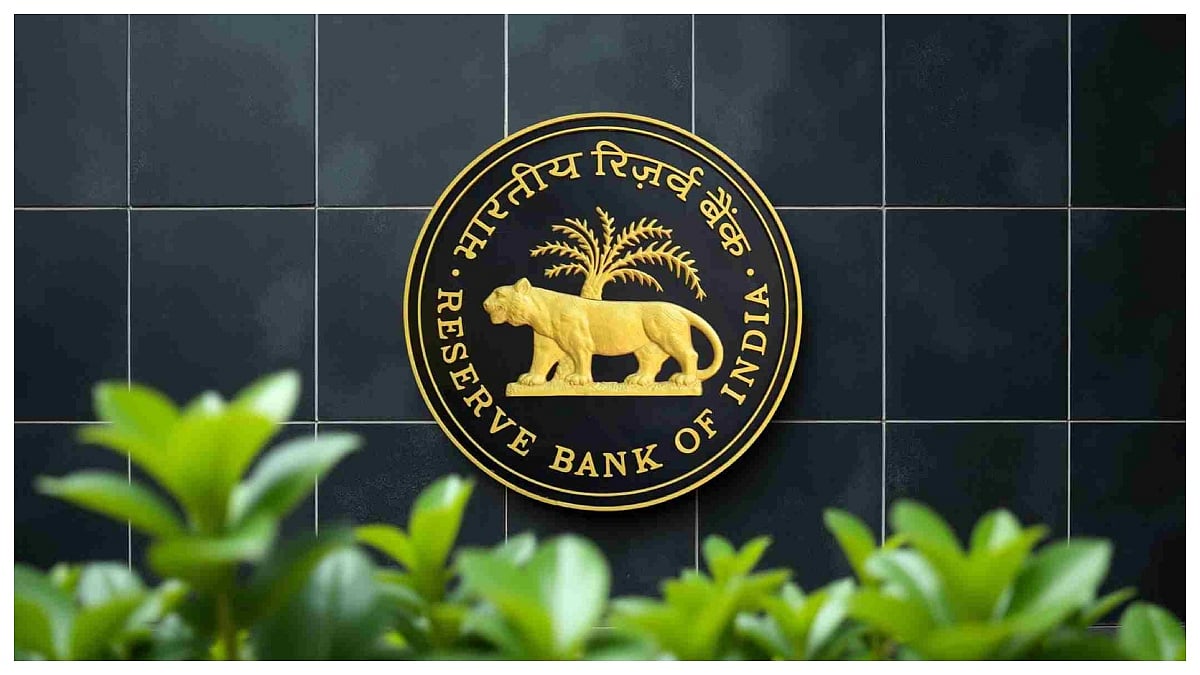The genesis of the most of our articles arise from emails that we receive from readers. This week’s article is to do with investing in mutual funds. The reader mentions that he has been investing in mutual funds since the last 10 -12 yrs. However, over time, he has realized that good returns can only be possible if one invests in a mutual fund scheme with a low NAV.
If you enter any fund at a high NAV then the returns are not more than 6-8% which is the same as what you would get from any FD. Further he has found that after a dividend is declared the NAV is reduced. Why should this happen? After all, investors are investing in the mutual fund because the fund manager is an expert …
he is supposed to churn the portfolio & earn profits for the investors. He is supposed to track good shares & time the market to earn profits for the investors. Then why does the NAV fall? Lastly, this entire matter of high NAVs further gains relevance now that the market is at an all time high.
In this column, we shall address both the above issues.
First and foremost, it is a fallacy to think that mutual funds can give good returns only if one has invested at par, in an NFO or close to the par value. Or in other words, that a scheme with a lower NAV is cheaper than one with a relatively higher one.
To simplify the concept to the lowest common denominator, lets take the example of two schemes: Scheme A has an NAV of Rs. 200 while Scheme B has an NAV of Rs. 10. Let’s also assume that you are the sole investor in both the schemes and that you invest Rs. One Lakh in each scheme. Consequently you will get 500 units of scheme A (= 100000 / 200) whereas in the case of Scheme B you will receive as many as 10,000 units (100000 / 10).
Owning 10,000 units as against just 500 units is what makes scheme B look the cheaper and the better option. However, continuing with our example, let’s further assume that the fund managers of both schemes A and B invest your money in Infosys. Remember you are the only investor in both these schemes.
Now, one year later, say the Infosys share appreciates by 50%. What will happen? Your investment in both the schemes will also appreciate by 50%. In other words, the investment of each scheme will grow to Rs. 1,50,000. Consequently the NAV of scheme
A will work out at Rs. 300 (150000 / 500) whereas the NAV of scheme B will work out at Rs. 15 (150000 / 10000 units). Consequently, both investments have made you equally rich; no one scheme has an edge over the other. To put it differently, other things remaining equal, you should be indifferent to investing in either scheme.
NAV falling to the extent of dividend paid
Now we come to the other point – that of the NAV reducing post dividend. A dividend received from a mutual fund is essentially return of capital and not return on capital. In other words, dividend from a mutual fund is contained in the NAV itself – it is not over and above what the investment is worth.
A portion of the value is given back to the investor and such portion is called dividend. This is the reason why the NAV is reduced – the part reduced is being paid to you! In terms of an example, say the NAV of a mutual fund scheme is Rs. 245 and lets say it declares a 30% dividend.
Dividend is always on par value of the unit – so a 30% dividend translates into Rs. 3 per unit. Now, when the MF says that its going to pay a dividend of Rs. 3 per unit, what it means is that it is going to return to the investor Rs. 3 from Rs. 245 – therefore, post the payout, the dividend of Rs. 3 will be subtracted from the NAV and what will remain is Rs. 242!!
It is important to identify good mutual fund schemes. To do this, safely ignore all funds which haven’t been in operation for at least a year. Which essentially means — safely ignore one month, three month or six month returns and rankings. We can go to the extent of saying that look at only those funds that have been existing for over five years. Not only will you eliminate a whole lot of “me too” upstarts, but it will also give you an idea about the sustainability of the returns of the fund.
Remember, it is important that you invest with a well managed fund; however, whether it is the top performing one or the second or the fifth matters little. Also a topper today may come in fourth next year and so on. As long as you have invested in a quality portfolio that has stood the test of time, the particular ranking from any particular agency should matter little.
To Sum
It must be said that the instrument of a mutual fund is by far the best way to participate in the capital market. It perfectly balances the four basic investing parameters that any investor should consider – return, risk, liquidity and tax efficiency. It is simple to earn healthy returns from your mutual fund investments as it is not to. Just do the basics right, invest with established diversified schemes with a good track record, let the money work hard and stay away from gimmicks.
The authors may be contacted at wonderlandconsultants@yahoo.com









